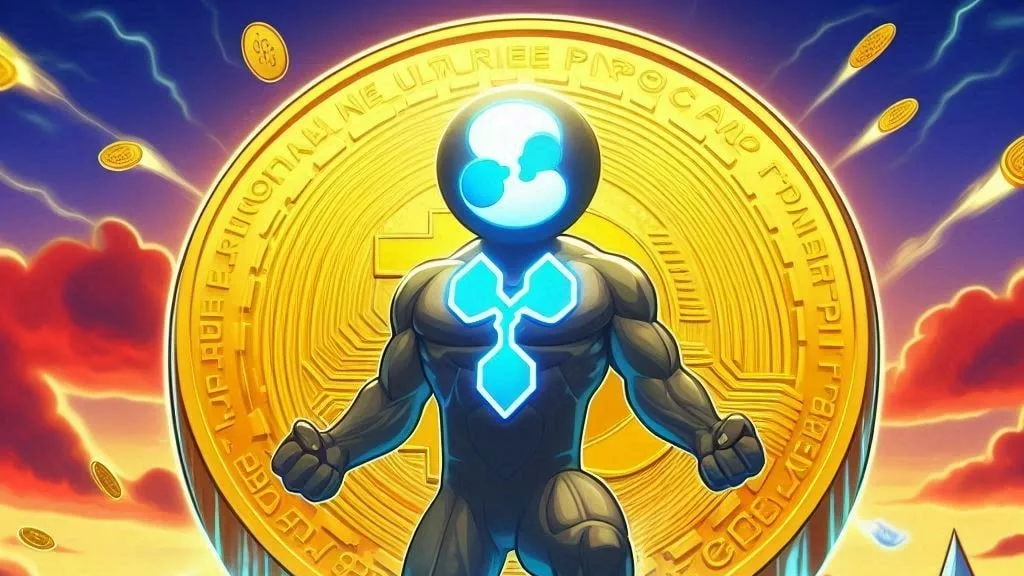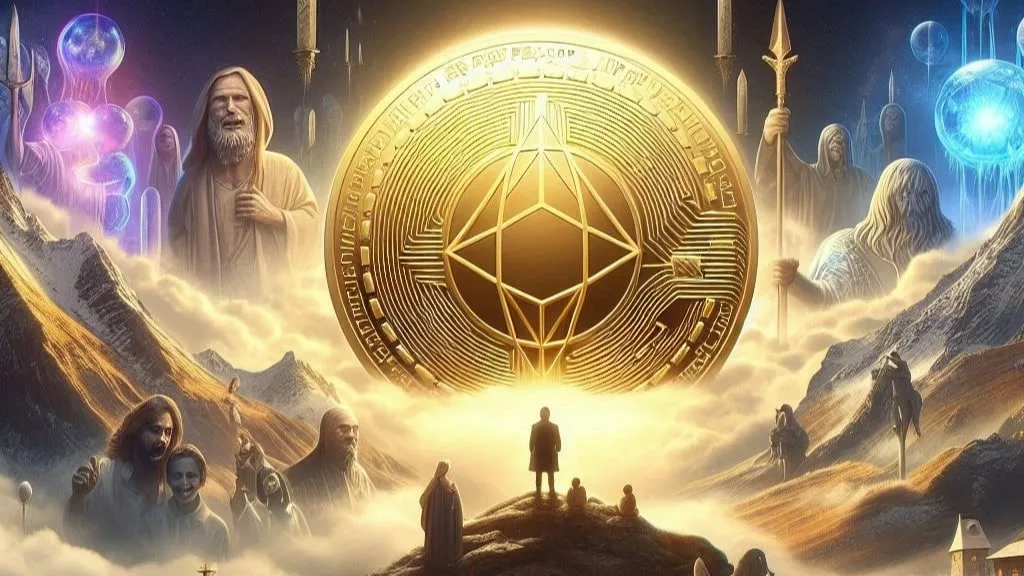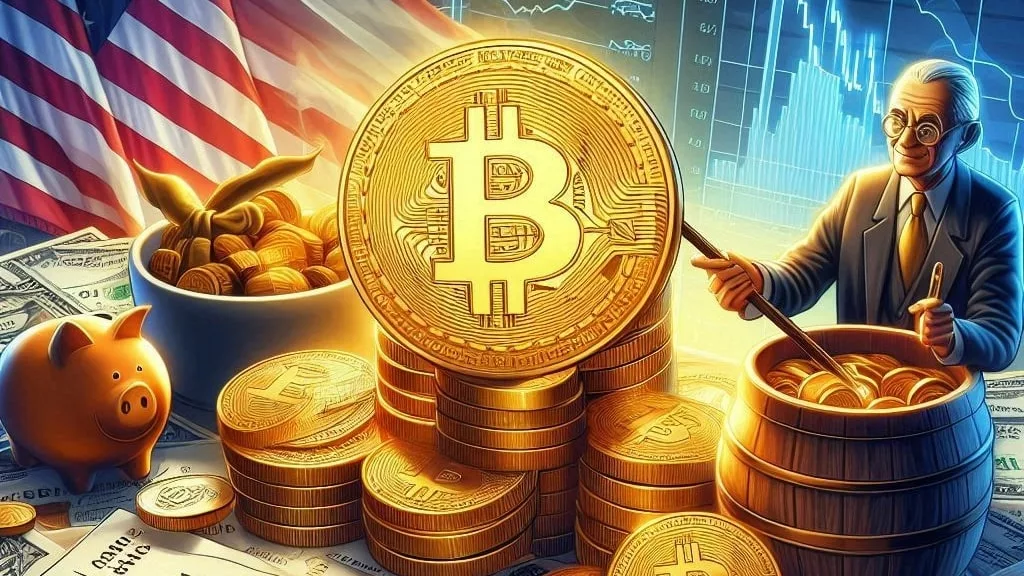
XRP has been at the center of an intense debate within the cryptocurrency community, with some commentators daring to suggest that the altcoin could one day reach as high as $10,000 per token. This bold prediction has raised eyebrows, especially considering the immense market cap that would be required to support such a price. However, despite skepticism, the conversation has gained traction, especially after XRP successfully reclaimed the $1 mark for the first time in three years and continued its impressive momentum, reaching $1.55 after a 206% rise in November.
As XRP continues to surge, discussions have resurfaced about its potential to reach astronomical price levels, with some dismissing traditional market cap concerns as irrelevant for cryptocurrencies.
The speculation surrounding XRP’s future price gained further attention after market pundit Armando Pantoja suggested that a price of $100 per XRP might be achievable. This suggestion downplayed the potential issues surrounding XRP’s market cap, which would require a multi-trillion-dollar valuation to sustain such a price.
More controversially, Vincent, a veteran software engineer, raised further debate when he presented his case for XRP reaching $10,000. He explained that he explored hypothetical scenarios that considered factors such as regulatory clarity, the growing role of XRP in cross-border payments, and its potential adoption as a global monetary asset.
Vincent’s argument that XRP could reach $10,000 per token is based on a rather speculative but optimistic view of the cryptocurrency’s future. At such a price, XRP’s market cap would reach $570 trillion, far beyond anything seen in the traditional market. To put this into perspective, the current global GDP is around $100 trillion, making such a market cap seem almost impossible by conventional standards.
However, Vincent and several other XRP proponents argue that traditional market cap limitations may not apply to cryptocurrencies, especially assets like XRP that serve as a utility token for fast, low-cost global payments. They suggest that XRP’s technological advancements and growing adoption might enable it to defy the constraints typically placed on assets based on market cap.
One of the most interesting elements of Vincent’s argument is the suggestion that XRP could eventually be positioned as a global reserve currency. According to Vincent, XRP’s strategic advantages in value transfer systems could make it a strong candidate for this role. If XRP were to be adopted globally for cross-border transactions, its price could see exponential growth, possibly reaching levels unimaginable in the current financial landscape.
Rookery Heart, a member of the XRP community, echoed this sentiment, arguing that the value proposition of XRP as a decentralized, low-cost payment system should be taken into account when discussing its potential price. He compared it to traditional stocks that may have trillions in market cap despite offering less utility, emphasizing that XRP’s potential could redefine the rules of asset valuation in the crypto space.
Another key point raised by XRP supporters is that the traditional metrics for assessing market cap may no longer apply to cryptocurrencies. A trader in the community pointed out that unlike stocks, cryptocurrencies like XRP serve as currencies and stores of value. In their view, focusing on market cap as a limiting factor could be an outdated approach that restricts innovation and understanding of the crypto asset class.
Investor Sono Coscienza also weighed in on the debate, reminding skeptics of Bitcoin’s meteoric rise from $2 to $1,000 in its early years. He noted that at the time, such a price increase seemed impossible, but the blockchain technology behind Bitcoin ultimately proved capable of driving such growth. This historical context, he argued, suggests that dismissing ambitious price predictions for XRP could be overlooking the potential of blockchain technology to disrupt traditional financial systems.
Despite the enthusiasm among some XRP advocates, not all members of the community are sold on the idea of XRP reaching $10,000. Dr. Artur Kirjakulov, CEO of XPMarket, cautioned against relying too heavily on certain technological tools for financial predictions. He pointed out that these models can sometimes produce biased or overly optimistic results based on the way questions are framed by users.
Kirjakulov emphasized the need for a critical approach when evaluating speculative predictions, especially those generated by technology. He urged the XRP community to recognize that while tools can provide interesting insights, they may not always offer a balanced or realistic view of future market conditions.
Additionally, another community member referenced Grok AI’s more conservative outlook on XRP’s price, projecting a long-term range of $4.80 to $65 under optimal conditions. Grok dismissed extreme predictions like $10,000, suggesting that they are speculative and not grounded in realistic market analysis.
The debate over XRP’s potential to reach $10,000 highlights the growing optimism among the cryptocurrency community, especially as XRP continues to outperform expectations with a 206% rise in November. While some commentators argue that XRP’s technological advantages and global use cases could propel the token to unprecedented heights, others remain cautious about the feasibility of such predictions, particularly considering the massive market cap required.
For now, XRP’s price is holding steady above $1.50, and its ongoing rally suggests that bullish sentiment is strong. However, whether the token can overcome market cap concerns and achieve astronomical prices remains to be seen. Investors and analysts alike will need to carefully watch how the cryptocurrency market evolves and whether XRP’s adoption for global payments continues to grow.




Get the latest Crypto & Blockchain News in your inbox.